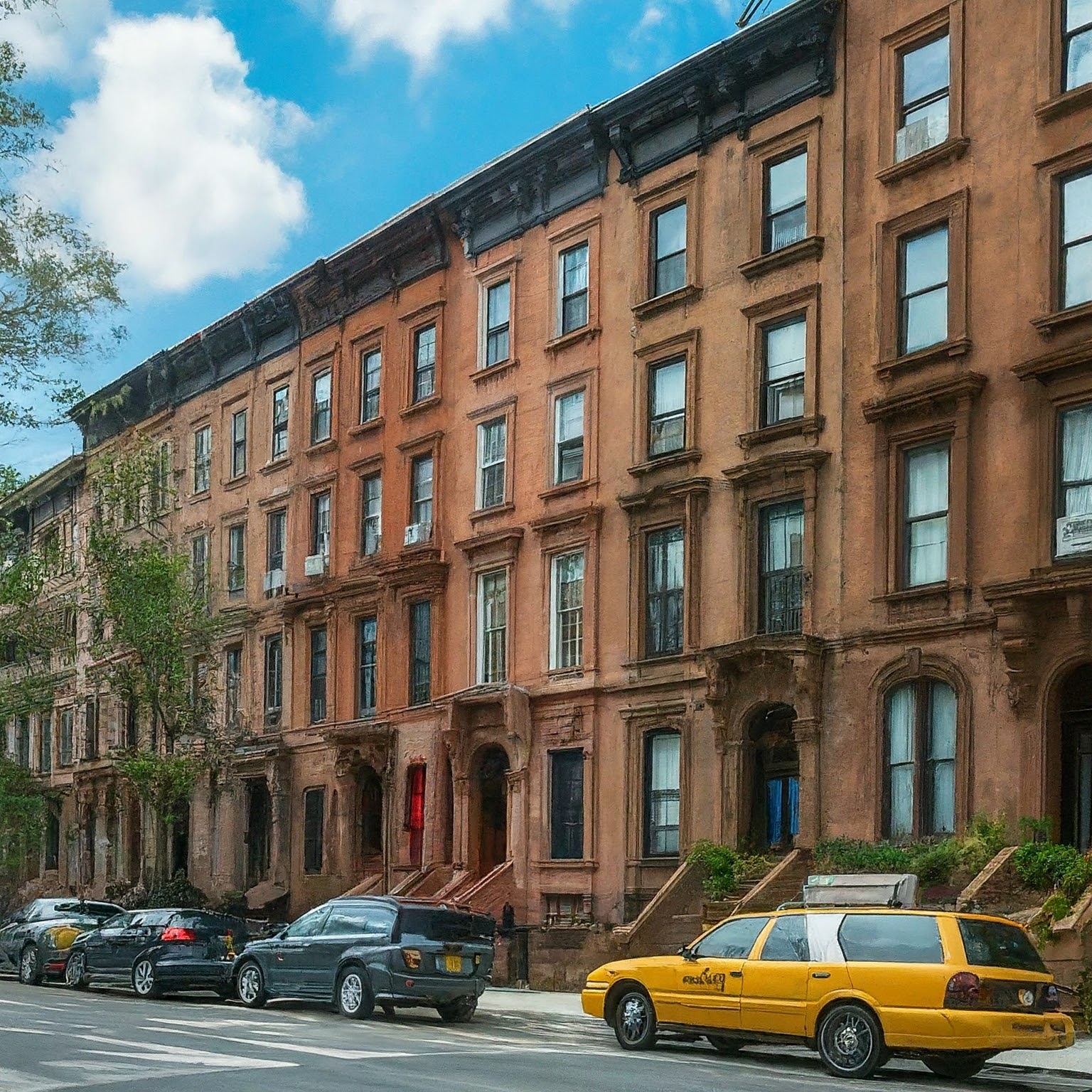Unveiling the Financial Threshold: A Guide to Homeownership in New York City’s Diverse Neighborhoods
Acquiring a home in the vibrant metropolis of New York City is a cherished aspiration for many, yet the daunting task of securing the necessary financial resources often looms large. This comprehensive guide delves into the intricacies of home affordability in each of New York City’s distinct neighborhoods, empowering prospective homeowners with the knowledge to navigate this complex market.
Understanding Home Affordability: A Multifaceted Equation
Before embarking on the journey of homeownership, it is crucial to grasp the multifaceted nature of home affordability. This intricate equation encompasses a multitude of factors, including:
- Household Income: The cornerstone of home affordability, household income dictates the mortgage amount a prospective buyer can qualify for.
- Down Payment: Typically ranging from 10% to 20% of the home’s purchase price, the down payment represents the upfront financial contribution required by lenders.
- Closing Costs: These one-time expenses associated with purchasing a home typically total around 2% to 5% of the purchase price and include fees for legal services, title insurance, and property inspections.
- Mortgage Interest Rates: These rates, set by lenders based on factors such as the buyer’s creditworthiness and the prevailing economic climate, determine the monthly mortgage payments.
- Property Taxes: These annual assessments levied by local governments vary depending on the neighborhood and the value of the property.
- Homeowners Insurance: This essential coverage protects the property against unforeseen events such as fire, theft, and natural disasters.
Neighborhood Spotlight: Uncovering Income Requirements
With a deep dive into each of New York City’s vibrant neighborhoods, we unveil the income thresholds required to afford a home in these coveted locations:
1. Manhattan:
- SoHo: To secure a modest one-bedroom apartment in this trendy neighborhood, a household income of approximately $250,000 is necessary.
- Tribeca: For a two-bedroom apartment in this upscale enclave, an income of around $400,000 is required.
- Upper East Side: A spacious three-bedroom apartment in this affluent neighborhood demands an income in the region of $550,000.
2. Brooklyn:
- Williamsburg: A one-bedroom apartment in this eclectic neighborhood can be within reach with an income of approximately $150,000.
- Park Slope: A comfortable two-bedroom apartment in this family-oriented area requires an income of around $225,000.
- Brooklyn Heights: A three-bedroom apartment in this historic neighborhood commands an income of approximately $300,000.
3. Queens:
- Long Island City: A one-bedroom apartment in this rapidly developing neighborhood is accessible with an income of around $120,000.
- Astoria: A two-bedroom apartment in this vibrant neighborhood demands an income of approximately $175,000.
- Forest Hills: A spacious three-bedroom apartment in this affluent area requires an income of around $250,000.
4. The Bronx:
- Riverdale: A modest one-bedroom apartment in this picturesque neighborhood can be secured with an income of around $100,000.
- Pelham Bay: A comfortable two-bedroom apartment in this family-friendly area requires an income of approximately $150,000.
- Kingsbridge: A spacious three-bedroom apartment in this diverse neighborhood demands an income of around $200,000.
5. Staten Island:
- St. George: A one-bedroom apartment in this historic neighborhood is accessible with an income of approximately $80,000.
- Tottenville: A two-bedroom apartment in this tranquil neighborhood requires an income of around $120,000.
- Grymes Hill: A spacious three-bedroom apartment in this affluent area demands an income of around $160,000.

Factors Influencing Home Affordability: A Dynamic Landscape
It is important to note that the income thresholds provided in this guide represent approximations based on current market conditions. These thresholds are subject to change due to a myriad of factors, including:
- Economic Conditions: Fluctuations in the economy can impact interest rates, property values, and household incomes.
- Inventory Levels: The availability of homes on the market influences both prices and competition.
- Government Policies: Changes in regulations and tax laws can affect home affordability.
Strategies for Enhancing Affordability: Empowering Homebuyers
Despite the challenges, there are strategies prospective homeowners can employ to enhance affordability:
- Down Payment Assistance Programs: These programs, offered by government agencies and non-profit organizations, provide financial assistance towards down payments.
- Adjustable-Rate Mortgages: These mortgages offer lower initial interest rates, reducing monthly payments, although interest rates can fluctuate over time.
- Co-Purchasing: Partnering with friends or family members as co-buyers can increase purchasing power and reduce individual financial obligations.
- Neighborhood Exploration: Considering less expensive neighborhoods or exploring up-and-coming areas can unlock affordable homeownership opportunities.
Conclusion: Realizing the Dream of Homeownership in New York City
Acquiring a home in New York City is a significant financial endeavor requiring careful planning and a comprehensive understanding of affordability factors. By grasping the income thresholds, exploring neighborhood options, and leveraging available strategies, prospective homeowners can navigate the complexities of this competitive market and ultimately realize their dream of homeownership in the vibrant tapestry of New York City.










